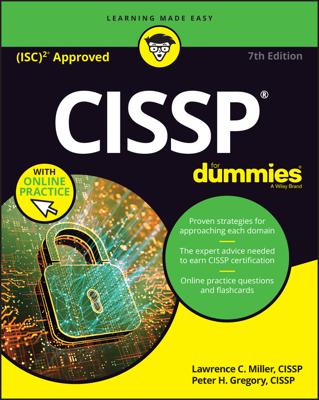To effectively monitor and manage risks for the PMP Certification Exam, you need to have a 24/7, 360-degree view on what’s happening with your project. In Control Risks, you continue the cycle of identifying, analyzing, and responding to risks.
Control Risks. Implementing risk response plans, tracking identified risks, monitoring residual risks, identifying new risks, and evaluating the risk process effectiveness throughout the project.
Control Risks: Inputs
You will be monitoring risks and identifying new risks throughout the entire life of the project. While executing the plan, you will have additional information: namely, performance information.
Every time you get a status report from the team members, and every time you prepare a performance report for your sponsor, you should be looking at the work performance measurements and work performance information to determine whether new risks are on the horizon that you should put through the risk planning cycle.
You should be familiar with the content in the inputs by now, but because they are so critical to effectively identifying and responding to risks, Table 4-1 lists them, with the input on the left, and the content from the input on the right.
| Input | Content |
|---|---|
| Project Management Plan | Risk management plan, including: Approach for allocating reserves Reporting formats Timing and frequency for risk reassessment Risk audit approach |
| Risk register | Risk ID Risk statement Probability Impact by objective Risk score Response Revised probability, impact, and score Risk owner Actions Status Risk triggers Watch list |
| Work Performance Data | Status of deliverables Percent of work actually completed Technical achievements Actual start and finish dates of schedule activities Remaining work to be done on in-progress work Costs committed Costs incurred Status of the implementation of change requests Corrective actions taken Preventive actions taken Status of defect repairs |
| Work performance reports | Percent complete of work in progress Schedule variance Schedule performance index Cost variance Cost performance index Work completed in the current period Work planned for completion but not complete, along with the reasons why Funds expended during the current period Any variance in the funds expended, along with the reasons why Status of existing risks and issues Any new risks or issues Forecast for future schedule performance Forecast for future cost performance Resource utilization variances Summary of changes requested and changes implemented Any quality findings New and resolved assumptions |
| Other | Assumption Log Issue log |
You can see that there is quite a bit of information you need to gather and synthesize to effectively manage your risks.
Control Risks: Outputs
You will update the risk register based on the risk reassessment. You add new risks as well as their analysis and response strategy. Existing risks will be updated as needed, and some risks will be closed out. The register should also indicate which responses were enacted and how effective they were.
The risk management plan, and any of the other subsidiary management plans and baselines from the project management plan, might require updating depending upon the results of this process. Assumption Logs and other appropriate project documents should be updated to reflect the outcome of this process as well.
Organizational process assets are updated with information from risk audits, such as lessons learned. If your organization has a risk database, you should make sure that’s kept up to date as part of your risk management activities.
Many times, risk management entails corrective and preventive actions. These need to go through the change management process in the form of a change request.
Monitor and Control Project Risk is the primary process that will be used to test knowledge and skills on risk identification and analysis techniques and risk response techniques.

